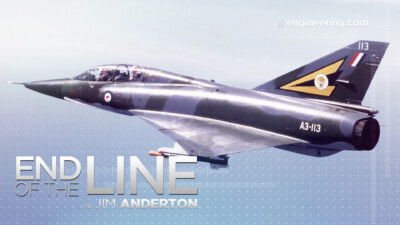Eight decades after the birth of the large flying wing, the blended wing body may be ready for prime time.
For the 100 years or so of air transport, the form factor of airplanes has been essentially consistent: a fuselage, usually cylindrical, with attached wings and tail. While relatively simple to build, with a good strength to weight ratio, aerodynamically, this form factor is not the most efficient.
Eliminating the fuselage and building the aircraft as a flying wing has long been recognized as a path to greater efficiency and performance, and since the late 1940s, multiple flying wing designs have been proposed. Very few have made it into hardware, but a form of hybrid concept, called the blended wing body, appears to be a practical way to reduce drag, and consequently fuel burn, and commercial aircraft.
* * *
Access all episodes of This Week in Engineering on engineering.com TV along with all of our other series.



